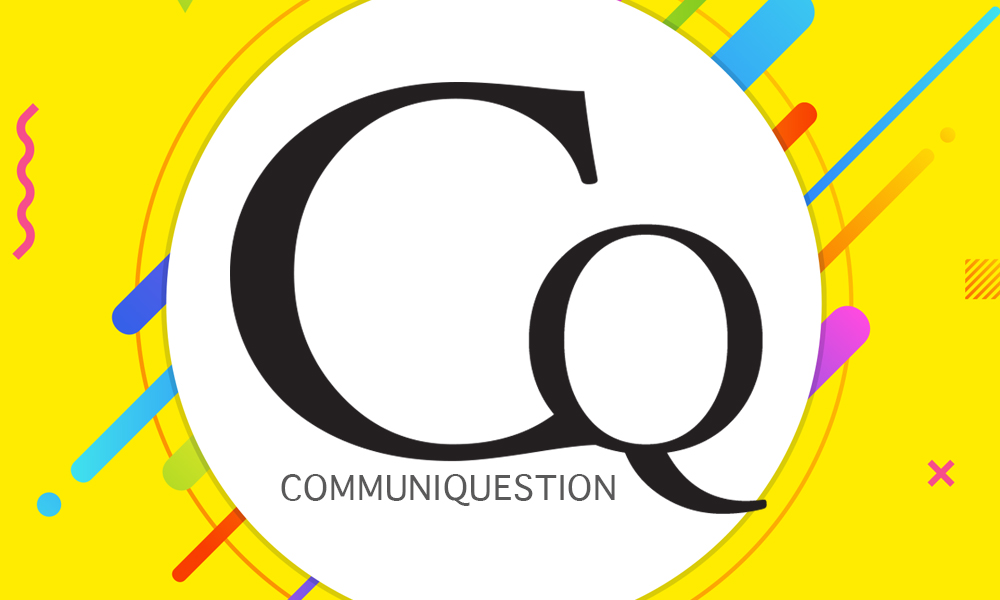We asked the industry: When you first heard about programmatic, what did you think it was?
Maya Khammar
Client Services Director at Publicis Middle East

When I first heard about the term ‘programmatic,’ I thought this was it, we’re finished. We’re really going to be replaced by the machines. Instinct will be completely replaced with hard data and there will be no more room for subjectivity. It’s the death of advertising as we know it. But denial is always our first human response. Upon closer inspection, I understood that in fact, efficiency and creativity can coexist (but don’t tell that to my creative, they’re still grieving over TV).
Now back to programmatic. The best explanation is the one I gave my 10-year old son. You have five cookies to sell, and ten minutes to do it in a room of 60 people. You can either go from person to person, spending ten seconds per person with your amazing cookie poster, or you can send in a robot that has ten different posters. This robot will have profiles of every person in the room – including which ones have money and can afford to buy a cookie, which have bought a cookie in the past, which ones are hungry, which ones are looking for a deal, and other such information.
The robot will then show the different profiles, a different relevant message. For example, the person looking for a deal would be shown the poster: “Buy now, price goes up in ten minutes” and the hungry person would get the following poster: “Wouldn’t you like to bite into this gooey, chocolate filled cookie right now?” Do you think your ten minutes will be better spent by you or by the robot?
Of course, that’s vastly oversimplified, but exactly what it is: using data to better target and serve relevant messages to different profiles. Ensuring that the ads you serve get you a better ROI. The automation process for buying those ad spaces is what programmatic is at a glance.






